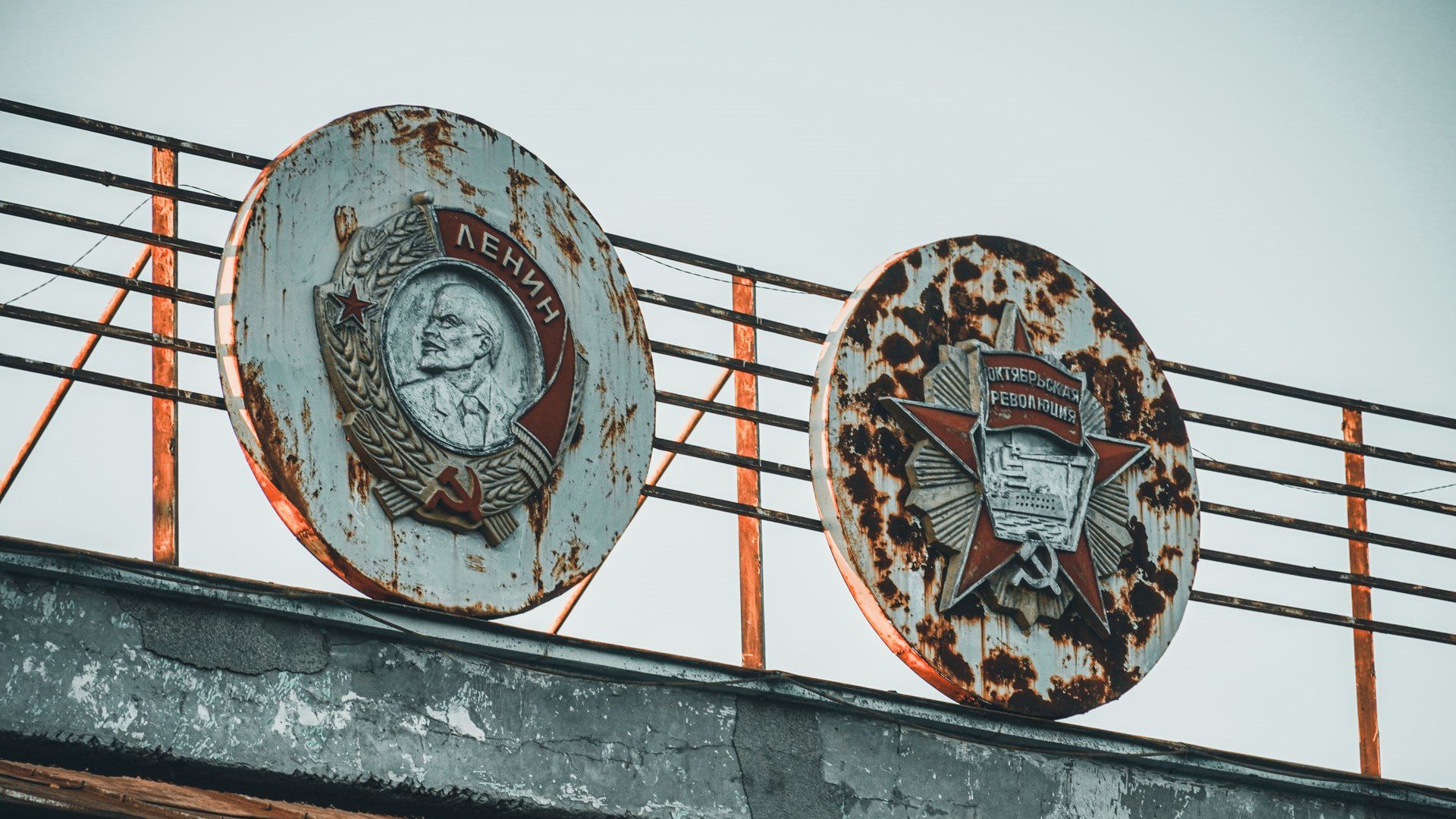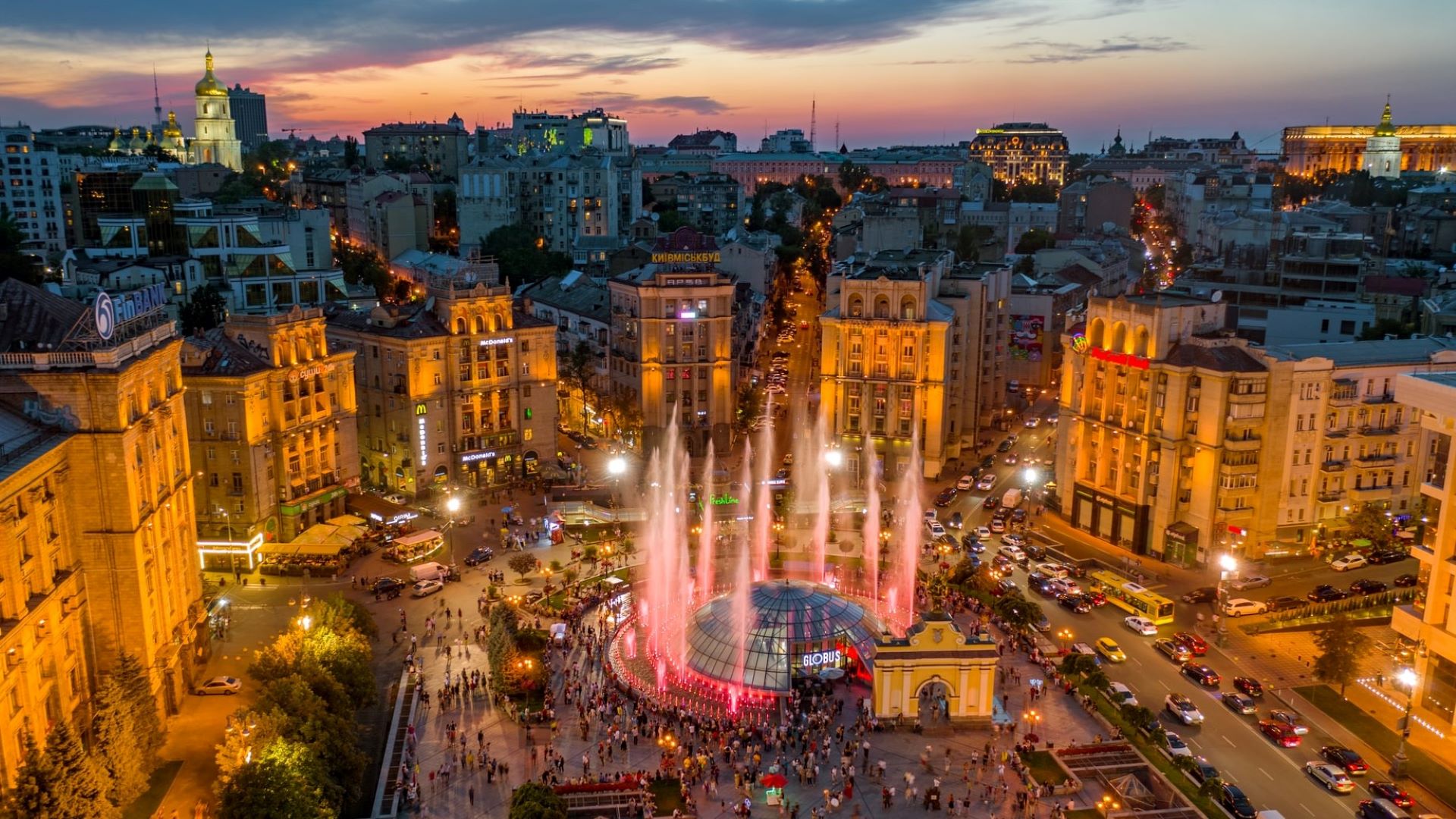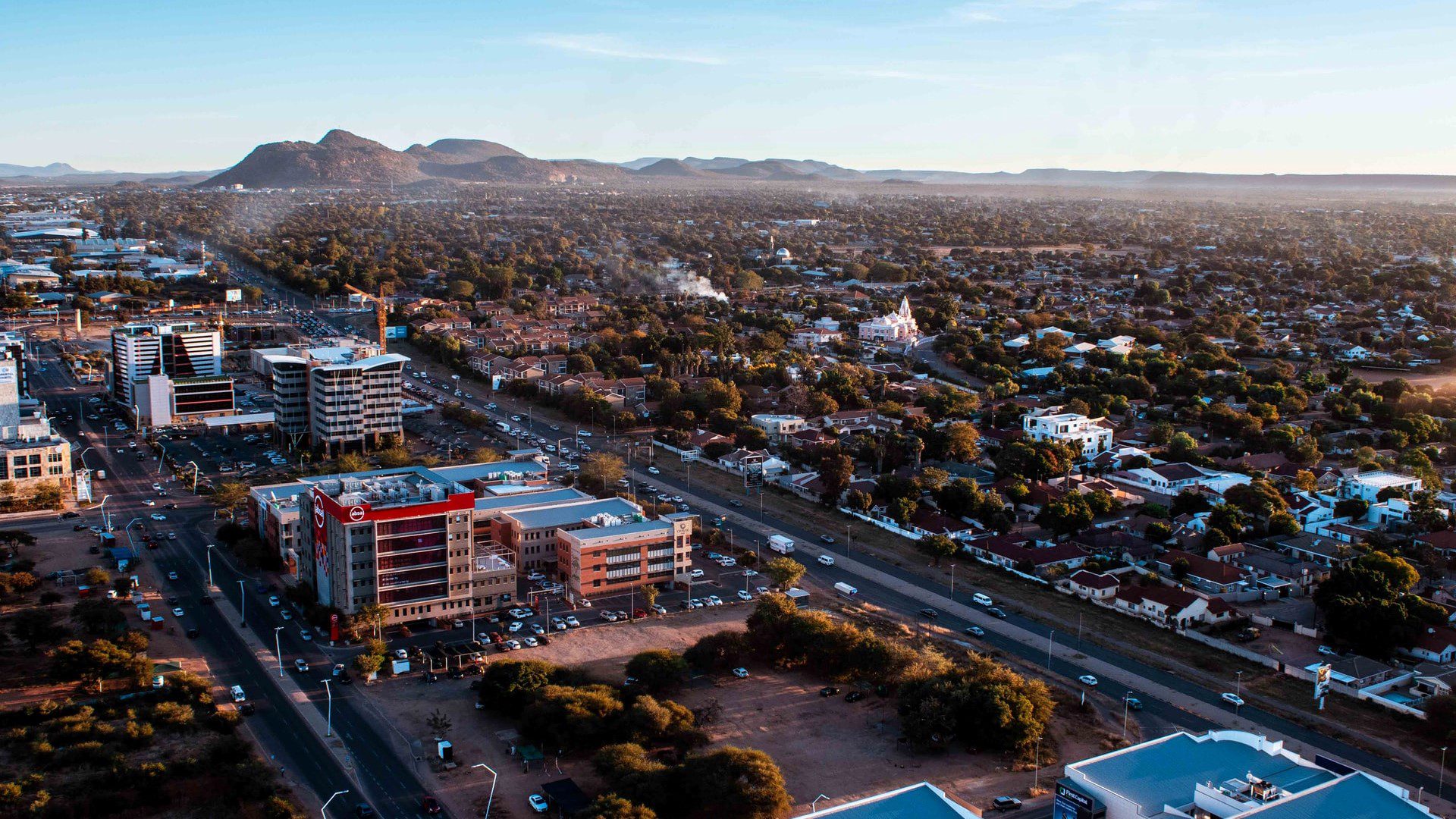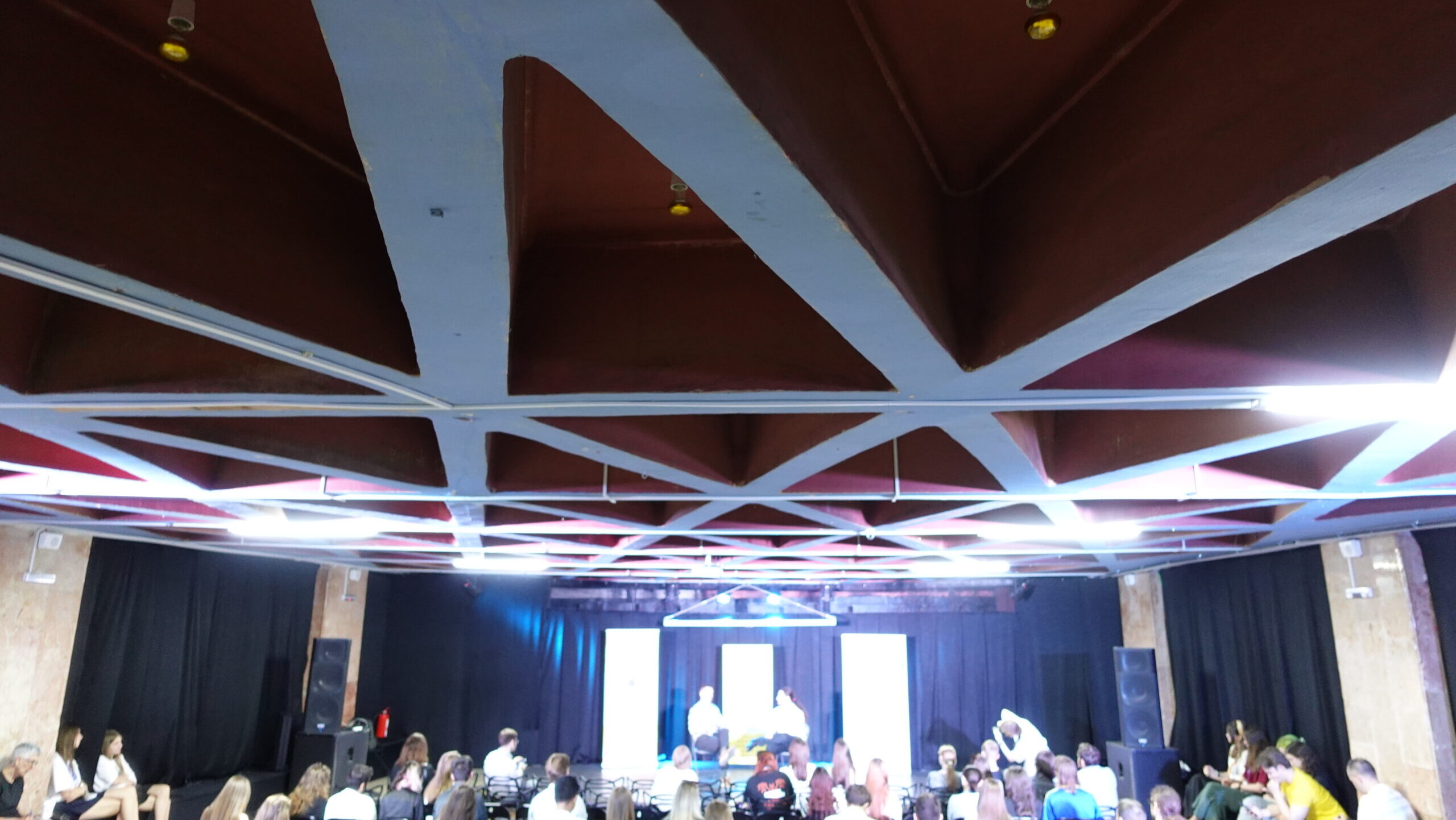December 2021 marked 30 years since the collapse and dissolution of the Soviet Union, history’s most prominent example of humanity’s failed experiment with socialism.
After decades of one-party rule and strict government control over almost every aspect of society, the 15 former Soviet Socialist Republics found themselves presented with unprecedented choices in how to govern themselves.
Before its collapse, the Soviet Union had faced a prolonged era of economic stagnation as the colossal bureaucracy involved in centrally planning the Soviet economy could not adapt to the requirements of a complex modern economy. In this intensely authoritarian regime, civil liberties and economic freedom were for the most part nonexistent.
While an extensive “second economy” existed within the Soviet Union, any form of open entrepreneurship was effectively prohibited. Furthermore, over the course of its history, the Soviet regime was committed to controlling the flow of information and eager to punish anyone daring to express a dissenting opinion.
The post-Soviet world is accustomed to authoritarianism
For the most part, the countries of the former Soviet Union lacked any prior experience of either liberal democracy, free and fair elections, freedom of expression, multi-party political systems, or any sort of open political discourse.
Indeed, corruption was rampant within the Soviet Union, where the upward social mobility of individuals was based not on merit, but on their position within local and regional committees of the Communist Party of the Soviet Union.
Upon their independence in the early 1990s, corruption and authoritarianism were essentially the status quo in former Soviet countries. With an absence of checks and balances on political power, this style of government was allowed to continue in various forms across most of the newly independent states.
Nationalist and populist political figures, typically prominent members of Communist Party during the Soviet era, were able to cement their grip on power by leveraging their connections, exploiting fears, and persecuting political opponents. This style of post-Soviet leadership is particularly evident in cases like Turkmenistan under Saparmurat Niyazov or Belarus under Alexander Lukashenko.
Turkmenistan, a Central Asian country with extensive oil and gas reserves, seceded from the Soviet Union in 1990 and was subsequently ruled for 16 years by the iron fist of Saparmurat Niyazov, the former First Secretary of the Central Committee of the Communist Party of Turkmenistan.
A highly eccentric despot, Niyazov had the country’s Assembly declare him president for life. He granted himself the grandiose title of Türkmenbaşy (head of the Turkmen), commissioned the construction of giant golden statues, renamed the days of the week after his family members, and made it compulsory for citizens to read his autobiography, the Ruhnama, or Book of the Soul.
Turkmenistan’s current leader, Gurbanguly Berdimuhamedow, reversed his predecessor’s personality cult in favor of creating his own, and the country remains one of the world’s most repressive states.
Belarus, ruled for the past 27 years by Alexander Lukashenko, infamously known as Europe’s last dictator, is another example of a post-Soviet nation that continued to follow the destructive path of authoritarianism. In this case, a stark contrast across many metrics can be seen when looking at the neighboring Baltic republics to the north.
Where greater liberalization occurred, growing prosperity followed
The Baltic nations of Estonia, Latvia, and Lithuania were unusual among Soviet republics in that they were all previously independent states before being conquered by the Red Army during World War II. Once their independence was restored, all three rejected the Soviet way and pursued a radically different path to Belarus. Each country underwent extensive market reforms along with rapid democratization, effectively aligning themselves with the West and ultimately joining the European Union.
Estonia in particular has been a remarkable success story since regaining its independence. Alongside its extensive reforms in the 1990s, Estonia became an early adopter of digital technology and a country that welcomes innovation and entrepreneurship.
Aside from its economic success, of all the former Soviet republics, Estonia ranks highest on press freedom, civil liberties, and democratic governance. Latvia and Lithuania follow closely behind.
However, Estonia and Turkmenistan are two extreme examples in terms of the paths followed by post-Soviet countries. Indeed, the 15 former Soviet republics occupy a wide range of positions according to various metrics on civil liberties, press freedom, and democracy. Notably, there is a general overlap between a country’s position according to metrics on issues relating to civil liberties and its overall economic development and quality of life.
Russia also suffers from the legacy of Soviet authoritarianism
Russia, the primary successor state to the Soviet Union, has struggled over the past three decades amid geopolitical isolation, and economic stagnation. The 1990s saw radical changes to the country’s economic model. However, unlike in Estonia, meaningful change in the Russian Federation has been continuously stifled by an overbearing and corrupt political system, influenced by oligarchs with government connections.
Due to the persecution of political dissent, the Russian political landscape lacks an open marketplace of ideas, representing a fundamental barrier to progress.
Politically, Russia has been dominated for over 20 years by one man, Vladimir Putin, under whose rule the country has become increasingly aggressive in its foreign policy towards its neighbors. The Russian establishment continues to assert its belief that nearby post-Soviet countries should be part of its sphere of influence, leading to conflicts such as the Russo-Georgian War in 2008 or the ongoing conflict in Ukraine over Crimea and Donbas.
Overcoming the damaging Soviet legacy is an ongoing process
When looking back on the past three decades, the 15 independent states that emerged from the Soviet Union have followed widely different trajectories. Ultimately, while not perfect, those countries that embraced liberalism to a greater degree have developed into relatively prosperous countries where human rights are upheld and political leaders can be held to a higher standard of accountability through free and fair elections.
Conversely, those countries which embraced continued authoritarianism in various forms have instead struggled with poverty, corruption, state censorship, and widespread human rights abuses.
Even 30 years on, the collapse of the Soviet regime remains recent by historical standards. The extensive social and economic damage caused by decades of authoritarian collectivism will take a very long time to recover from. Yet, the success of some post-Soviet nations shows that progress can be made, so long as there is a will for genuine change.
For more content on this topic, be sure to click on the button below to read our piece on the challenges faced by post-Soviet Ukraine.
This piece solely expresses the opinion of the author and not necessarily the organization as a whole. Students For Liberty is committed to facilitating a broad dialogue for liberty, representing a variety of opinions. If you’re a student interested in presenting your perspective on this blog, send your piece to [email protected], and mention SFL Blog in the email subject line for your chance to be published and be seen!









